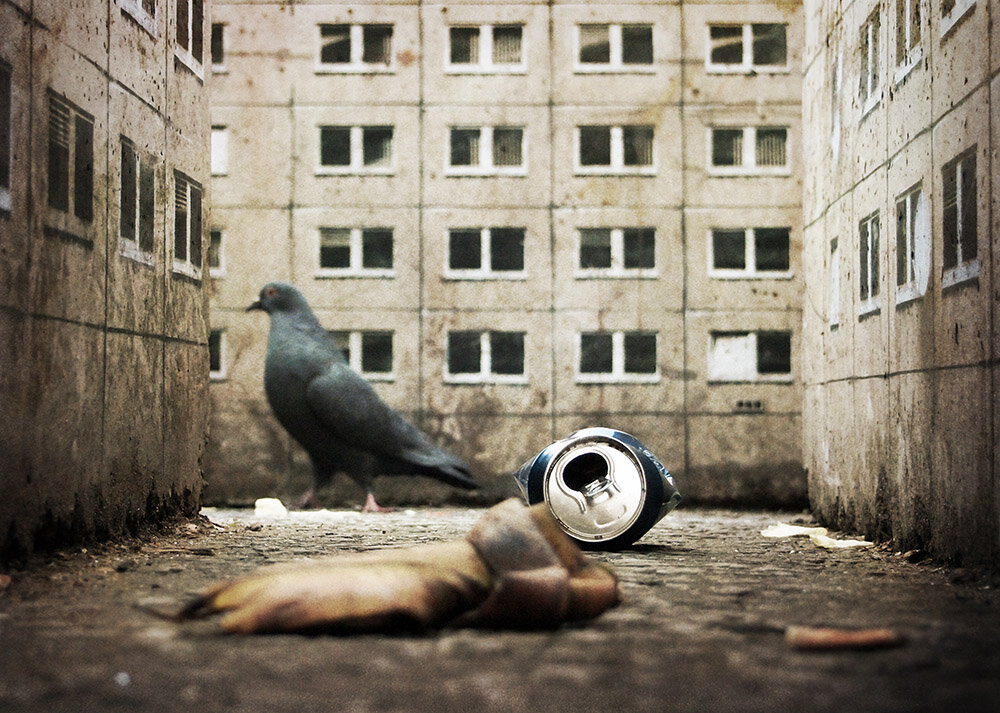Next, in my latest blog series on key aspects of composition, I’m exploring low angle photography which I’ve incorporated into my own work throughout the past decade. It often delivers great results.
In previous articles I covered the rule of thirds, symmetry, leading lines and negative space in photography. You’ll find relevant links at the end of this post.
How low is… too low??? A keen photographer in Hong Kong Airport.
Lowering the angle at which you shoot is one of the easiest and most effective ways to produce exciting, sometimes more dynamic shots.
It presents a fresh perspective to the viewer otherwise used to seeing the world from a human perspective / height.
Whether you use a phone or a camera makes little difference and doesn’t matter to me so whichever floats your boat, keep reading!
Let’s look at a few examples and I’ll explain / show you a few effective ways to improve your photos.
In this first example, the street sign was at knee level. By lowering myself I was able to include it with a near full length of the Shard building, creating a more unusual and dynamic perspective.
Here I am just across the road from the previous photo and it has started raining.
I wasn’t able to fit the whole Shard building with the lens I was using without messing up the balance in the shot, so by lowering myself and tilting the camera slightly, I not only create a more attractive perspective but also managed to include a rainbow, a cab and some good looking reflections on the wet road surface.
Low angles are particularly well suited for landscape photography, even better if you have a wide angle lens.
Thanks Wayne!
In the shot above taken in Brick Lane on January 1st 2016, I was attracted by that sweet sign which was at ground level. Shooting it standing up was just not going to work, so I lowered myself pretty much lying on the floor.
In such cases it’s quite useful to own a camera with tilt-screen.
In the photo above, I chose a quite gritty way to capture the scene of an East London bar and people dancing.
It’s different and yet it’s still very clearly… people dancing at a bar.
You don’t always need the “main” subject of the photo to be in focus for a photo to work, such as in this photo of Chesil Beach in Dorset.
The London Eye: I opted for a very wide fisheye lens and lowered my tripod to under a foot high right by the base of the wheel, looking up, to capture the entirety of the London Eye within my frame (yet standing less than a metre from it).
A street artist painted tiny windows on concrete slabs near a building site.
So that freeezing December morning at 5am, I shrunk.
Or at least I lay on the floor, threw salted crisps to attract pigeons and after 10 minutes trying, one finally came into my frame.
I took the shot.
The pigeon somehow reminds me of Godzilla roaming the city… searching desperately for crisps.
I hope these examples will help you with your photography and inspire you to look at new angles and perspectives.
One of the biggest joys in photography is capturing something unique or something in a unique way.
It’s difficult but when you succeed, it feels good.
Until next time.









